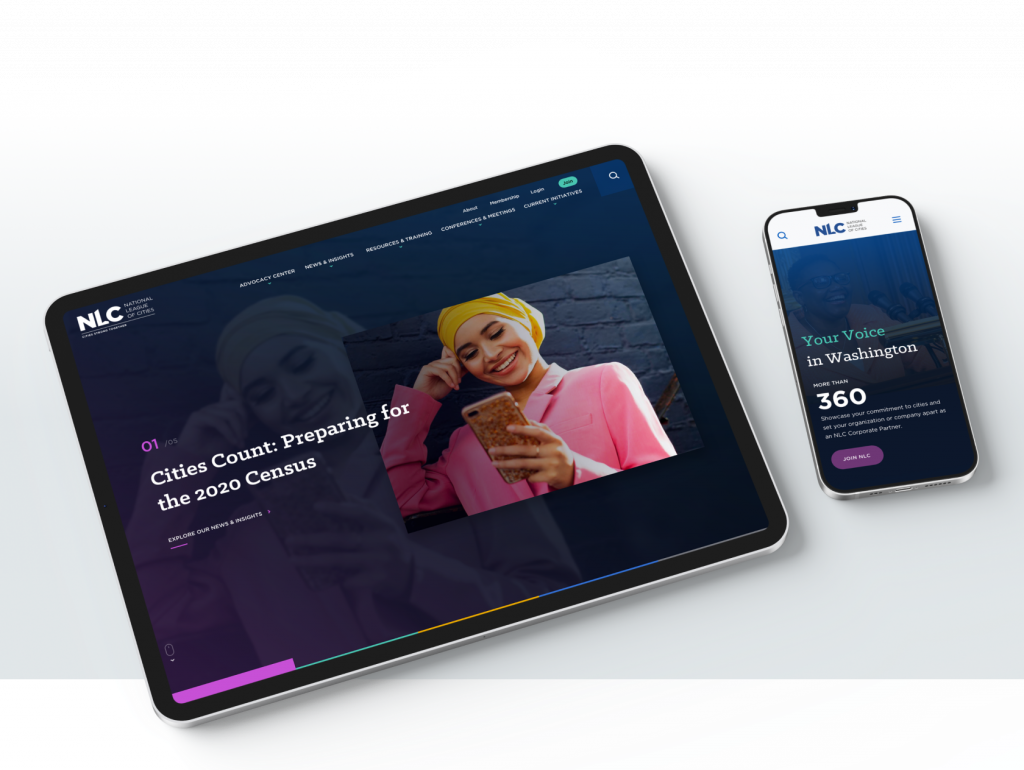How long does it take to redesign a website?

How long does it take to redesign a website?
You probably didn’t know that it takes seven to nine months to redesign a mid to large website. If you do, then congrats, you’ve probably done one or two redesigns already. If you are a digital marketer and your mid-to-large organization is in the process of exploring how to redesign, let’s explore why it takes seven to nine months for a full redesign.
It isn’t simply about “build it and they will come.” That’s an old saying that has no business being associated with the internet. A website is a combination of so many elements–your brand, strategy, content, design, technology, and most of all, how you show your face to the world. It’s really, really important to get it right, to build it right. You don’t get a second chance for a first impression. Within seconds you want your visitors to know who you are, what you do, and how you’re relevant. To make this (and more) happen, it’s going to take…time!
How fast can your website be built/redesigned?
If you’re given a definitive answer with few questions asked, please consider it as a red flag. The best kinds of digital strategists and web designers will ask you, the website owner, a multitude of questions before giving an answer. The time frame should depend on the scope of the project, the experience of the agency and the quality expected. It’s critical to understand client expectations from the outset to ensure they can be met and managed: this will take the guesswork out of planning, development and other decision-making processes down the line. But again, this takes time. In fact, it should take time.
What is involved?
A common issue that web design agencies face is unreasonable expectations. While it’s natural for c-level stakeholders of multi million dollar organizations to think their website can come to life in say, two months, the reality is different. Many organizations simply do not understand the degree of work involved in planning, designing, developing and building a digital experience that intends to provide value (e.g. content, advocacy, lead generation). The more sections, content, resources, customizations and integrations a website has, the larger the project–the longer it takes. Each additional page requires quality assurance (QA), search engine optimization (SEO), graphics, tagging, and more. The number of unique page designs, as well as functionality, are important factors that also add time to design and development.
Another common issue adding hours to the clock is that many clients aren’t clear about their website goals. They might know what they want the site to look like or what it should do, but they haven’t put a great deal of thought into whether the site is meant to boost brand awareness, drive customer engagement, and/or engage in business storytelling, etc. The agency’s discovery process will help clarify website goals so that solutions can be suggested and implemented. This takes time: time well spent that will provide a return on investment (ROI).
Another subtle (but significant) factor that impacts the length of time needed to build a website is the number of stakeholders. The more people there are who have input into the design process, the longer the process takes. More than minimizing the number of stakeholders, it’s about involving the right stakeholders during the planning process. When stakeholders understand their roles and responsibilities, the project becomes easier to track–and obstacles can be avoided.
The most common cause for delayed launches, however, is incomplete content. Oftentimes clients don’t have consistent content streams, and consequently hold off on providing it. Whether it’s outsourced or created in-house, quality content is important to search engine rankings and converting visitors to customers. An agency that includes content strategy and copywriting will be instrumental in getting your site up and running without delay, while driving traffic to it.
Want to read an actual Web Redesign case study, visit the case study page for the National League of Cities.
Back to the original question–
How long does it take to build/redesign a website?
Completely redoing content strategy, consolidating and deploying a new experience entails myriad steps. For a mid- to large-size organization that relies on its web presence to do business, we recommend seven to nine months (longer for very complex web projects) for a full redesign. In general practice, you should account for the following phases and timelines:
- Contract signing/Procurement (1 month)
- Onboarding (2 weeks)
- Business and Technical Discovery (1 month)
- Digital and content strategy (1-2 month)
- Information architecture and User experience (1-2 months)
- Visual design with revision rounds (1-2 months)
- Content Management System implementation (3-5 months)
- Content migration (1 month)
- New content copy writing or editing (1-3 months)
- Integrations (1- 2 month)
- Training and QA (1-2 months)
- Deployment (1 week)
*some phases and/or deliverables are done sequentially, some done simultaneously by different subject-matter experts and teams.
These steps should not be rushed through: when done right your website will work hard for your business.
Lastly, remember that your website is not a tangible good that you can buy in a store. The building of a site is a service, not a product. It’s impossible to build a great website without close communication with the client, leaving no stone unturned. So choose your web partner wisely!
If done the right way, your website will be “worth its weight” and “worth the wait.”
Get in touch with one our project managers and we can work with you to draft a project plan.
Get in touch!
Related Resources
- What are strategy workshops and how are they helpful?
- Is WordPress the right fit for your organization?
- Are you considering WordPress or Drupal for your new enterprise website?
- Learn about the importance of web accessibility and how to become or stay compliant.
- What is content strategy?
